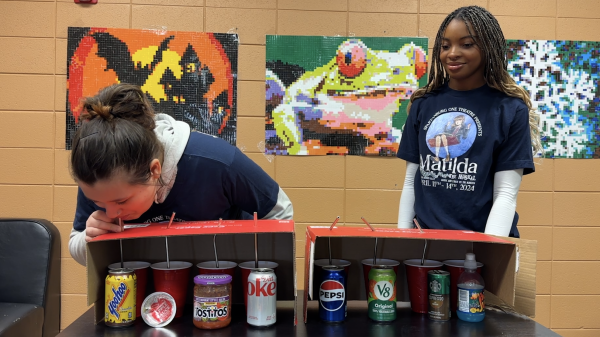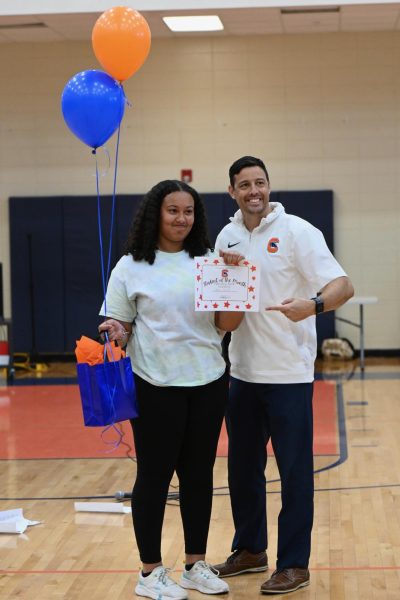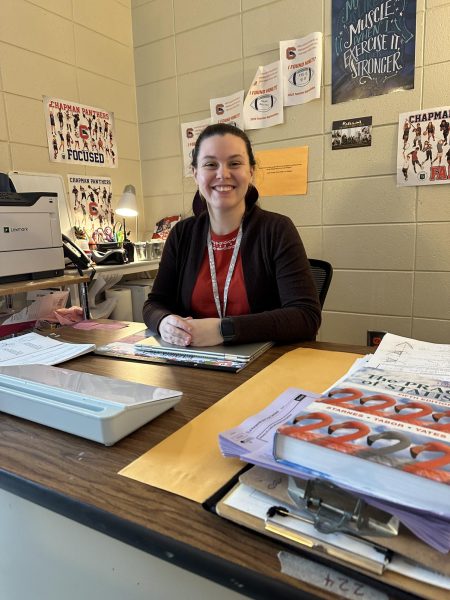Chapman addresses mental health concerns
Mental illness is an issue that affects one in five high school students and is not talked about nearly enough. In the four years of high school, one in five students will be affected by “some form of anxiety, depression or other emotional problem,” an article written by Maryville University said.
While one in five is dealing with these issues, more than half will go untreated. Mental illness affects the overall performance of students. The major problems students can struggle with include chronic absence, low achievement, and disruptive behavior. Not only is poor behavior in the classroom a side effect of mental illness, but it has also been found that 60 percent of students diagnosed with any type of mental illness will drop out.
Anxiety and depression are the most common mental illnesses found in teens. Experts frequently find that the often-treatable mental conditions will go unnoticed for extended periods of time. Varying symptoms occur in each individual and for that reason, many people will ignore their symptoms because they do not fit the “standard” symptoms. While many symptoms are the same for many people, they all present differently.
Anxiety is commonly found in teens who are under stress and are experiencing new life challenges. During high school and college, young adults are faced with new obstacles and feel as if they must face them alone. Everyone who has the condition experiences anxiety differently, but common symptoms include restlessness, rapid heart rate, trembling, hyperventilation and weakness.
When battling depression, people experience a variety of emotional and behavioral changes. The symptoms of depression often come on quickly and overcome one to be overcome with feelings of hopelessness.
Assistant Principal Amy Driggers said teachers are constantly being trained on how to identify and respond to mental illness.
“First, we work with teachers and staff to share resources, information, and training to help identify signs that students may be in need of assistance,” she said. “Since teachers and staff are with students so frequently, they often have the opportunity to observe changes in behaviors that indicate a need for help.”
Driggers said that Chapman teachers and administration work closely with guidance counselors and mental health counselors to help students.
One person who has helped bring the mental health conversation to both teachers and students is Deana Rollins, District One’s trauma interventionist. Rollins has been working with teachers through professional development to gain experience with supporting students. In addition, she created a Google Classroom called Mind Matters for students in order to provide information, support and coping strategies for students who are struggling.
“I want to create a safe place where students feel comfortable asking questions, seeking information and supporting others,” Rollins said. “If you can use your own struggle to help at least one other person, then you didn’t struggle in vain.”
For Chapman students looking to join, the code for the Mind Matters Google Classroom is “ljq487o”. If you or someone you know needs help, a list of free, 24/7 hotlines can be found here.
Your donation will support the student journalists of Chapman High School. Your contribution will allow us to purchase equipment and cover our annual website hosting costs.








